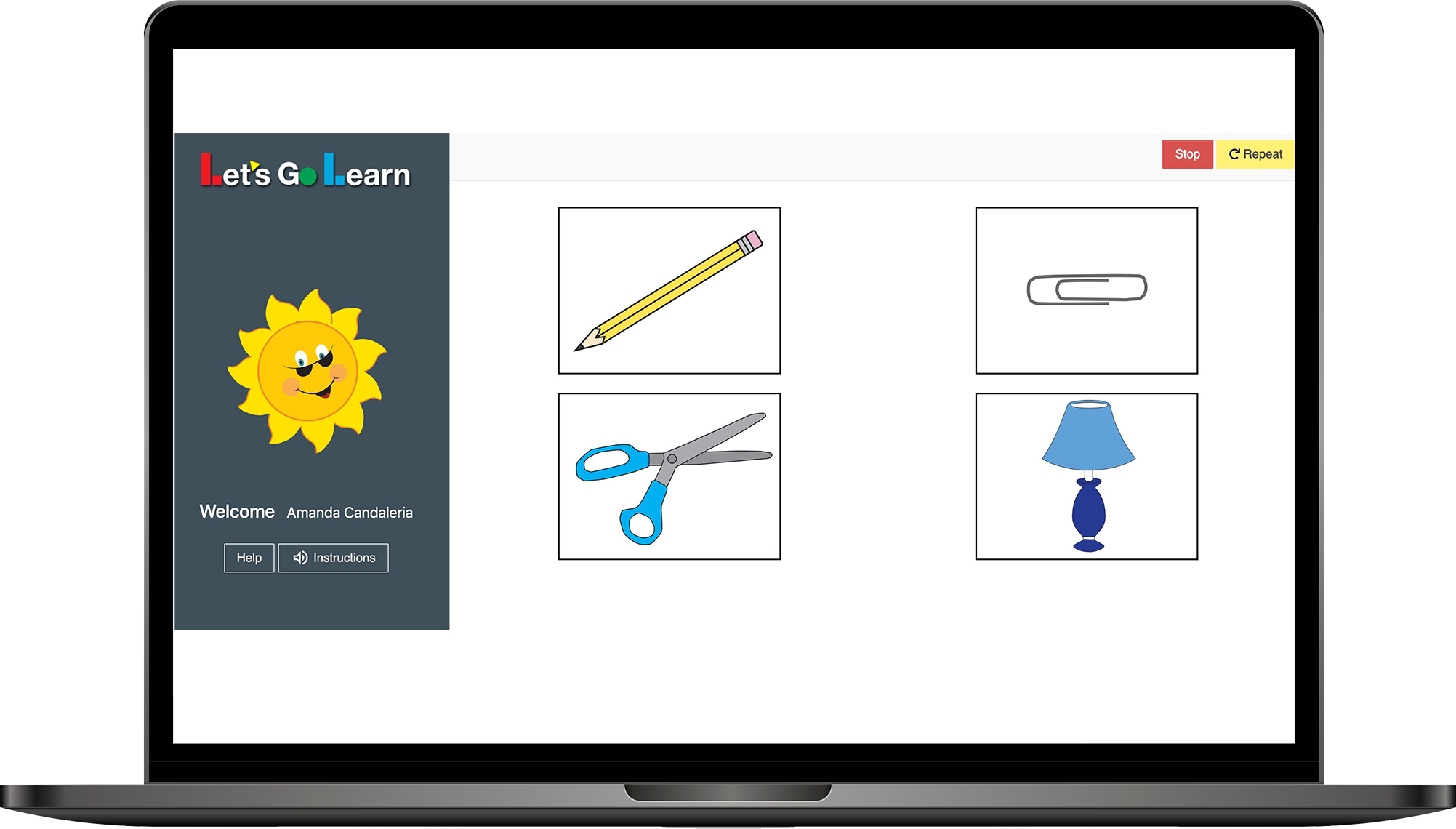 Understanding Reading Assessments
Understanding Reading Assessments
Reading assessments are like the secret sauce in your homeschool reading recipe. They give you the scoop on your kiddo’s reading skills, show where they might need a little extra help, and let you tweak your teaching to fit them just right.
Why Bother with Reading Assessments?
Reading assessments are a big deal for a few reasons:
- Spot the Good and the Not-So-Good: These tests help you figure out what your child is rocking at and where they might be struggling. This is super handy for putting together a killer homeschool reading curriculum.
- Keep Tabs on Progress: By checking in regularly, you can see how your child is doing over time. This way, you can switch up your teaching style if needed and make sure they’re cruising along nicely.
- Custom Fit Learning: Knowing your child’s reading level means you can tailor your lessons to fit them like a glove. This is especially key for kids who might need a bit more help.
- Hit Those Standards: Assessments make sure your child is meeting the educational benchmarks. For instance, the Diagnostic Online Reading Assessment (DORA) lines up with Common Core, TEKS, and other standards.
Different Flavors of Reading Assessments
There are all sorts of reading assessments out there for homeschoolers. Each one gives you a different peek into your child’s reading world.
| Assessment Type | What It Does | Example |
|---|---|---|
| Diagnostic Assessments | Pinpoint specific reading skills and needs. | DORA (Diagnostic Online Reading Assessment) |
| Formative Assessments | Keep track of learning and give feedback. | Weekly quizzes, reading logs |
| Summative Assessments | Check learning at the end of a period. | End-of-term exams, standardized tests |
| Screening Assessments | Quickly spot kids who might need extra help. | DORA Dyslexia Screener (DORA DS) |
| Phonemic Awareness Assessments | Test the ability to hear and play with sounds in words. | DORA Phonemic Awareness (DORA PA) |
- Diagnostic Assessments: These are like a full check-up for reading skills, covering all the bases. They give you a detailed look at your child’s reading chops and match up with educational standards.
- Formative Assessments: These are the regular check-ins that help you keep an eye on progress and give quick feedback. Think weekly quizzes and reading logs.
- Summative Assessments: These are the big tests at the end of a learning period, like end-of-term exams and standardized tests.
- Screening Assessments: These are quick tests to see if a child might need more support. The DORA Dyslexia Screener (DORA DS) is one that checks for dyslexia and gives fast results (Let’s Go Learn).
- Phonemic Awareness Assessments: These tests see how well your child can hear and mess around with sounds in words. DORA Phonemic Awareness (DORA PA) checks out nine key phonemic skills.
Getting a handle on why and how to use reading assessments can help you pick the best tools for your homeschool reading plan. For more scoop on reading assessments, check out our reading assessments for homeschoolers page.
Homeschool Reading Curriculum Reviews
Trying to find the perfect reading curriculum for your homeschooler can feel like searching for a needle in a haystack. But don’t worry, we’ve got the scoop on two popular programs: Let’s Go Learn Reading Solutions and the Fundations Program. Let’s break it down so you can make the best choice for your little bookworm.
Let’s Go Learn Reading Solutions

The DORA Rapid Naming section
Let’s Go Learn is like having a personal reading coach right at home. They offer detailed reading assessments and tailor-made lessons for homeschool students. Their tools include the Diagnostic Online Reading Assessment (DORA) and DORA Phonemic Awareness, which dive into the nitty-gritty of reading skills.
Key Features:
- Super-Detailed Assessments: You can do these assessments at home to get a clear picture of your child’s reading strengths and areas that need a little TLC.
- In-Depth Reports: These reports break down why your child might be struggling or shining in certain reading skills.
- Custom ELA Lessons: With LGL ELA Edge, Let’s Go Learn offers online lessons that adapt to your child’s needs, making reading success a real possibility (Let’s Go Learn).
- Fun and Games: The program includes interactive lessons that make learning feel less like a chore and more like playtime.
| Feature | Description |
|---|---|
| Diagnostic Assessments | DORA and DORA Phonemic Awareness |
| Instruction Type | Adaptive, online, and personalized |
| Reports | In-depth diagnostic and prescriptive reports |
| Engagement | Interactive and gamified lessons |
For more info on reading assessments, check out our page on reading assessments for homeschoolers.
Fundations Program Overview
The Fundations Program is another solid choice for homeschool reading instruction. It zeroes in on the basics like phonics, spelling, and handwriting, making it great for young learners or those who need a little extra help.
Key Features:
- Phonics First: Focuses on phonemic awareness, phonics, and word study to build a strong reading foundation.
- Hands-On Learning: Uses visual, auditory, and kinesthetic activities to make learning stick.
- Step-by-Step Lessons: Offers a clear and organized way to teach reading skills.
- All-Inclusive Materials: Comes with teacher guides, student workbooks, and manipulatives to make teaching a breeze.
| Feature | Description |
|---|---|
| Instruction Focus | Phonics, spelling, handwriting |
| Approach | Multisensory (visual, auditory, kinesthetic) |
| Lesson Structure | Clear and systematic |
| Materials | Teacher guides, student workbooks, manipulatives |
For more tips to boost reading skills, take a look at our article on homeschool reading comprehension strategies.
By weighing these two programs, you can figure out which one clicks with your child’s needs and your homeschooling style. Whether you go with Let’s Go Learn for its personalized lessons or Fundations for its phonics focus, both offer great tools to help your child become a reading superstar. For more resources, visit our page on homeschool reading assessment resources.
Personalized Instruction for Homeschoolers
Helping your kiddo ace their reading game is all about making learning personal. Let’s see how Let’s Go Learn ELA Edge and different learning styles can jazz up your homeschool reading plan.
Let’s Go Learn ELA Edge
Let’s Go Learn ELA Edge is like a personal reading coach for your child, offering online lessons that fit their unique needs. This program zeroes in on what your child needs to work on, not just their age or grade level.
Here’s what makes Let’s Go Learn ELA Edge stand out:
- Adaptive Learning: The lessons change based on what your child needs, making sure they’re getting just the right help.
- Fun Content: Lessons are interactive and game-like, keeping your child interested and eager to learn.
- Detailed Reports: You get reports that help you see how your child is doing and guide their learning.
- Custom Lessons: You can pick lessons that match your child’s needs for focused help.
| Feature | Description |
|---|---|
| Adaptive Learning | Changes to fit your child’s needs |
| Fun Content | Interactive, game-like lessons |
| Detailed Reports | Tracks progress in detail |
| Custom Lessons | Pick lessons for specific needs |
Want to know more about reading assessments? Check out our page on reading assessments for homeschoolers.
Differentiated Learning Styles
Figuring out how your child learns best is a game-changer. Different learning styles mean your child gets lessons in a way that clicks with them.
- Visual Learners: Use things like charts, diagrams, and videos to make ideas stick.
- Auditory Learners: Try listening activities like audiobooks and chats to boost learning.
- Kinesthetic Learners: Get hands-on with activities and interactive lessons to nail down concepts.
By tuning into your child’s learning style, you can make learning more effective and fun. For more tips, check out our article on homeschool reading comprehension strategies.
Mixing personalized instruction with different learning styles in your homeschool plan can really boost your child’s reading skills. Dive into more resources on homeschool reading intervention programs to keep your child’s literacy journey on track.
Boosting Reading Skills

Helping your kiddo get better at reading is a big deal in homeschooling. We’re gonna chat about two main things: phonics and vocabulary, plus spelling and understanding what they read.
Phonics and Vocabulary
Phonics is like the ABCs of reading for little ones and should be one of the first things you tackle in your homeschool reading plan. It’s all about connecting letters with sounds, which is super important for figuring out words.
Phonics Tips:
- Letter Sounds: Show your child the sounds each letter makes.
- Blending Sounds: Help them smoosh sounds together to make words.
- Breaking Words: Teach them to split words into individual sounds.
Kids pick up most of their new words by reading, so it’s key to let them learn from context. Reading different stuff introduces them to fresh words and phrases, boosting their vocab.
Vocabulary Tips:
- Read Together: Read books out loud and chat about new words.
- Word Wall: Make a wall with new words and what they mean.
- Context Clues: Teach them to guess word meanings from the story.
Spelling and Understanding
Spelling grows with reading, and using a computer program can really help, especially with English’s wacky spelling rules. Programs like TTRS, which mixes phonics with typing, can boost spelling skills and confidence for anyone struggling with spelling.
Spelling Tips:
- Sound It Out: Encourage them to spell words how they sound.
- Word Groups: Put words with similar spellings together.
- Fun Games: Use games to make spelling practice enjoyable.
Understanding what they read is the big goal. It’s about getting and thinking about the text. Research shows that phonics, fluency, vocabulary, and comprehension are key to becoming a good reader.
Comprehension Tips:
- Ask Questions: Get them thinking by asking about the text.
- Summarize: Have them tell you the main points.
- Make Predictions: Encourage them to guess what happens next.
By mixing these tips into your homeschool reading plan, you can help your child become a strong reader. For more ideas, check out our articles on homeschool reading comprehension strategies and homeschool reading fluency activities.
Homeschooling Trends and Statistics
Growth of Homeschooling
Homeschooling’s been on the up and up lately. Back in 2019, about 2.5 million kids were learning at home in the U.S. Fast forward to now, and that number’s nearly hit 4 million! That’s a whole lot of folks opting for a different kind of education (Forbes).
| Year | Number of Homeschool Students |
|---|---|
| 2019 | 2.5 million |
| 2021-2022 | 3.1 million |
| 2023 | Almost 4 million |
And here’s a fun fact: homeschooling saves taxpayers a pretty penny. With around 3.1 million homeschoolers in 2021-2022, taxpayers saved over $51 billion since they don’t foot the bill for most homeschool students. Meanwhile, families spend about $600 per kid each year on their education (National Homeschool Education Research Institute).
Motivations for Homeschooling
Why do families choose homeschooling? Well, there are a bunch of reasons. Some folks worry about the quality of education in regular schools, others aren’t thrilled with the school environment, and many want a learning experience that fits their kid like a glove.
Here’s a shocker: the National Assessment of Educational Progress found that two-thirds of U.S. kids have a tough time reading well, and 40% are basically nonreaders. No wonder some families are looking for other ways to educate their kids (Forbes).
| Motivation | Percentage of Families |
|---|---|
| Religious Beliefs | 80% |
| Dissatisfaction with Traditional Schooling | 20% |
While 80% of homeschool families are Christian and say their faith is the main reason for homeschooling, there’s a solid 20% who aren’t religious. These families often turn to homeschooling because they’re not happy with traditional schools and want a more personalized education (Forbes).
Curious about checking your kid’s reading skills at home? Swing by our page on reading assessments for homeschoolers. Need some tools for reading evaluations? We’ve got you covered with our homeschool reading evaluation tools.
Creating a Literacy-Rich Environment
Building a space where reading is as natural as breathing is key to sparking a love for books and boosting literacy skills in your homeschool setup. It’s all about picking the right stuff and setting up a space that screams, “Hey, let’s read, write, and chat!”
Literacy Resources and Materials
To make your place a reading haven, you gotta have a mix of goodies that suit all kinds of readers. Think of it like a buffet of books and tools that help with language and literacy (Reading Rockets).
Must-Have Literacy Goodies:
- Books: A smorgasbord of books, from picture books to chapter books and everything in between.
- Magazines and Newspapers: Kid-friendly reads that cover all sorts of cool stuff.
- Audiobooks: Perfect for those who like to listen and learn.
- Writing Materials: Notebooks, journals, and a bunch of pens and pencils.
- Digital Resources: E-books, apps, and online reading fun.
Having a ton of options and weaving reading into every part of the day makes sure kids have all the tools they need (Reading Rockets). For more on reading tests and tools, check out our page on homeschool reading evaluation tools.
Classroom Design for Literacy Growth
How you set up your homeschool space can make a big difference in how kids learn to read. A smart layout can make book time more fun and help kids, especially those who need a little extra help, get better at reading (Reading Rockets).
Cool Classroom Setup Ideas:
- Reading Nooks: Snug spots where kids can curl up with a book.
- Accessible Bookshelves: Shelves that are easy to reach, sorted by type or reading level.
- Writing Stations: Spots just for writing, with all the gear ready to go.
- Interactive Walls: Spaces to show off student work, word walls, and fun posters.
- Flexible Seating: A mix of seats like bean bags, cushions, and regular desks to suit all learners.
By setting up your space to cheer on reading and writing, you make a place where kids want to dive into books. For more tips on boosting reading skills, check out our article on homeschool reading comprehension strategies.
| Resource Type | Examples |
|---|---|
| Books | Picture books, chapter books, informational texts |
| Magazines and Newspapers | Kid-friendly reads |
| Audiobooks | Different genres and topics |
| Writing Materials | Notebooks, journals, writing tools |
| Digital Resources | E-books, educational apps, online programs |
Creating a literacy-rich environment is all about picking the right stuff and setting up a space that makes reading and writing a blast. With a mix of materials and a cozy setup, your homeschoolers will be on their way to becoming book lovers. For more tips on reading tests and teaching, visit our page on reading assessments for homeschoolers.


Leave A Comment